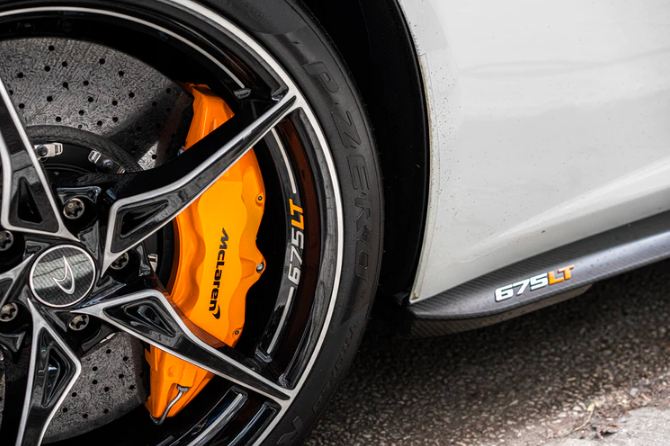You’re driving happily along a road when a deer pops out of nowhere in front of your car. Thankfully, you hit the pedal in time and the vehicle stopped, saving you and the wild animal from any mishap. That proves how essential a braking system is for a car, as it is by far the most essential safety feature it has. Having the capability to slow down or halt helps prevent potential accidents and tragedy.
Yet, most drivers aren’t aware of how car brakes function. You might be surprised that pressing the brake pedal entails many more processes to put the vehicle into a stop. While you may not replace your car’s brakes or repair them on your own, it’s important to delve into the mechanism further to better understand them and gauge better when something is wrong. So read on below and discover how car brakes actually work for your best and others’ benefit.
How Car Brakes Work
Car wheels have brakes that are operated by a hydraulic system. All these brakes react as you press the brake pedal. When you do so, it triggers the lever and the linked piston. The force from your foot then pushes the piston forces into the master cylinder, a sealed chamber brimmed with hydraulic fluid.
As the piston enters the master cylinder, it displaces the brake fluid out of the end of the master cylinder, reaching the entire braking system through a network of lines and hoses connected to the car’s brakes. In the process, the brake fluid amplifies the force from your foot – the more power to exert on the pedal, the more stopping pressure is generated. Using the pressure, the brake pads push against the brake rotors, finally creating the friction work to finally stop the vehicle.
The Physics Behind Car Brakes
Friction is the main force that backs up the functionality of the braking system. In your car, the engine powers it to move, building up kinetic energy or the energy of motion. To stop your vehicle from moving, it needs to lose the kinetic energy and convert it to heat.
Your car’s braking system does the job by ramping up the friction through the use of pads and discs that contact each other in opposite directions. The resistance to motion is generated, converting kinetic energy to heat towards the brake pads and stripping off the vehicle’s kinetic energy it uses to keep moving. Thus, eventually putting the car to a stop.
You might be asking how much heat is generated. In normal street use, temperatures usually won’t go over 200°C (392º F.) Yet, speeding cars, such as those used in tracks, have more kinetic energy, which means they can heat the brakes up to 510°C (950º F) or even more. That is why brake pads are specially made using durable materials, such as alloys, ceramics, and composites, to ensure they can withstand the heat generated by friction.
Types of Car Brakes
Car brakes today can be classified into two different types – the disc and drum brakes. While each one has a different approach and follows a different mechanism, both use friction force through contact of two opposing surfaces to stop a speeding car.
As its name suggests, disc brakes are brakes that resemble the appearance of a disc. It operates through the friction generated between the brake pads and the disc. As you step on the pedal, the calipers take force from the pressurized fluid squeezing out from the master cylinder. Its force is then used to pin the calipers against both sides of the disc, producing the required friction to stop the car.
Meanwhile, drum brakes, also called bell brakes, preceded the disc brakes and are no longer widely used. Instead of brake pads and discs, the system features a brake drum and brake shoes. The brake drum turns along with the wheel. Pressing on the pedal triggers the hydraulic cylinder to push the brake shoes against the inner surface of the drum. It then created the friction that robs the kinetic energy. Thus, slowing and stopping the vehicle.
Disc brakes are proven to be more efficient, but some car manufacturers still utilized the less costly yet still effective drum braking system on the rear wheels to save on production expenses.
Brakes Aren’t Eternal
Be mindful that brakes don’t last forever, eventually, you need to replace them after normal wear-and-tear. Have regular brake inspections to ensure that your vehicle’s brakes are still viable for use. If you notice squeaking noises, shaking, pulsation, odd odors, a quick need for brake fluid needs, or if your brake light is lighting up, bring your car to a mechanic to determine the cause and resolve the issues. Apart from knowing how they work, ensuring that your brakes are properly working is a must for your utmost safety on the road.

